Magazine
How Often Should You Exfoliate Your Face?
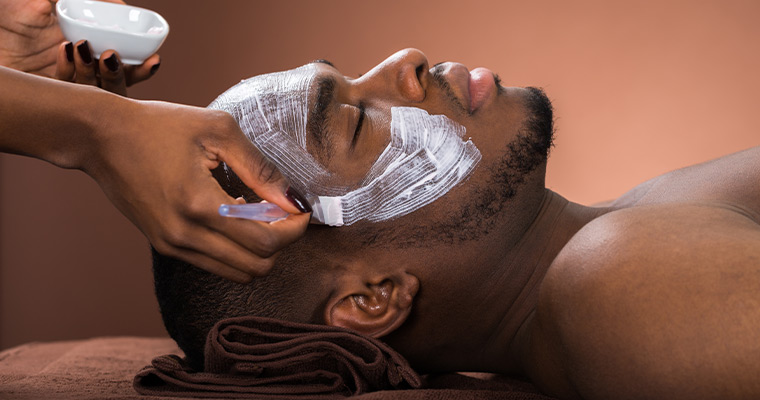
Exfoliating using either physical exfoliators or chemical exfoliants is an extremely popular facial treatment used in skincare. Though commonly employed by both men and women, the procedure can be confusing.
The problem with misunderstanding exfoliation is that performing it incorrectly or using the wrong type of exfoliator during your skincare routine can lead to major damage to your over skin and skin barrier. On the other hand, performing it correctly can do so much to keep your complexion handsome, healthy, and full of hydration.
Today, Particle will be providing you with an in-depth guideline for exfoliation. We will define exfoliation, discuss its benefits, and explain how you can do it safely on your unique skin.
The Purpose of Exfoliating
Part of your skin’s health is its natural turnover cycle. Every 30 days, a man’s skin will shed itself of dead skin cells, typically losing its upper layer called the epidermis to reveal the middle layer called the dermis. The body performs this cell turnover naturally to allow your skin to produce healthy, new cells, improving the feel and appearance of your skin and reducing dullness.
Nevertheless, there are times in which the dead skin cells and debris will not fully shed from your top layer of skin. While natural, this can cause many problems for your skin. In addition to new skin cells not developing, the buildup of dead skin cells can result in clogged pores and excess sebum. These clogs typically develop into acne, dry skin, and an uneven skin texture.
Here are some of the types of acne that can develop:
- Whiteheads: Whiteheads are small, white, clogged bumps that develop when the hair follicle wall bulges. These bumps remain closed to the surface.
- Blackheads: Blackheads are follicles filled with dead skin cells and oil that remain open to the surface. The pores adopt a black hue when exposed to air.
- Papules: Papules are small bumps usually 5mm or smaller in size. These bumps are usually red or pink and sensitive to the touch.
- Pustules: Pustules are swollen, raised bumps that can be up to 5mm in size. They are usually surrounded by a red ring and have visible white or yellow pus.
- Cysts: Cysts are a form of acne that develops deep beneath the skin. The clogged pore filled with dry skin cells combined with dirt and bacteria is usually large, tender, and filled with pus.
Even if your skin recovers from these breakouts, it may still show signs of damage. For example, the quality of your skin’s tone and texture may have declined, there may be visible discoloration or depigmentation, and you may have accrued scarring.
Exfoliating can help to both avoid and treat these effects.
What Is Exfoliating?
Exfoliating is a skin procedure in which you remove dead skin cells from the outer layers of your skin. Exfoliating aims to avoid clogging, stimulate skin growth, increase circulation, and brighten up a dull appearance.
There are two central methods for exfoliating: mechanical and chemical.
Mechanical exfoliation uses tools to buff away and remove dead skin cells. Popular tools include brushes, sponges, and gloves. Bristle brushes are used to exfoliate the face. You can use some on dry skin, while you should combine others with a scrub or wash. Sponges are amongst the gentler of the tools and are meant to be used in the shower. Exfoliating gloves are less commonly used on the face than they are on the body.
Chemical exfoliation uses a chemical solution to dissolve and remove dead skin cells. These exfoliants will contain an acid responsible for removing the built-up substances from your skin. Most exfoliating products contain either an alpha hydroxy acid like glycolic acid or a beta hydroxy acid like salicylic acid. Both types of acids have been proven to work successfully.
Which Method Is Right for You?
Selecting between mechanical and chemical exfoliation is not simply a matter of preference. Choosing the wrong method can result in further irritation and damage depending on your skin type.
The first step is to identify your skin type. Genetics determines every man’s skin type. There are five possible skin types: normal, dry, oily, combination, and sensitive.
One of the simplest ways to determine your skin type is to perform a 30-minute skin test.
Clean your face thoroughly with a quality cleanser, pat your skin dry, and then go about your day for the next 30 minutes, paying no mind to your skin. Once 30 minutes have passed, position yourself in front of a mirror and observe how your skin looks and feels.
- Normal Skin: If your skin appears balanced, is neither excessively dry nor oily and has no feeling of discomfort, your skin type is normal. Normal skin is less prone to irritation and acne and has little to no sensitivities.
- Dry Skin: If your skin appears scaly and has rough, dry patches, you have dry skin. Dry skin tends to feel rough and tight. You may also notice an itching sensation, a duller appearance, and more clearly defined fine lines.=
- Oily Skin: If your skin appears shiny, your skin type is oily. Oily skin is caused by sebaceous glands that produce more sebum than they do for any other skin type, resulting in excess oil, particularly on the T-Zone. This type is more prone to breakouts.
- Combination Skin: If your skin appears dry and oily, your skin type is combination. Combination skin is exactly what it sounds like. Typically, your T-zone will be shiny and oily, while all remaining spaces on the face will feel rough and dry.
- Sensitive Skin: If your skin appears red and is accompanied by a burning sensation, your skin type is sensitive. Sensitive skin tends to cause discomfort. It is defined by its excessive sensitivity to external irritants and certain ingredients and materials.
Once you have discovered which skin type you identify with, you can select the appropriate method for exfoliation
If you have normal skin, you are more or less welcome to select whichever method you prefer. Because of your lack of sensitivities, your skin should react well to both mechanical and chemical exfoliation without complication.
If you have dry skin, you should use chemical exfoliation. Mechanical exfoliation may exacerbate your dry skin, making it even rougher and potentially resulting in microtears. A chemical exfoliator containing glycolic acid can help encourage the healthy turnover of dry skin
If you have oily skin, you should use mechanical exfoliation. When it comes to oily skin, an exfoliator needs to work through dead skin cells and an additional layer of built-up sebum. Mechanical exfoliation should be strong enough to work through these substances.
If you have combination skin, you may want to employ both mechanical and chemical exfoliation tactics. Since your skin is both dry and oily, it can benefit from both methods. You can either alternate between mechanical and chemical exfoliation every time you exfoliate or combine the two by applying your chemical solution with a tool.
If you have sensitive skin, try using a mild exfoliator. Finding the right exfoliating fit for you may take some time on account of your skin’s sensitivities, but starting out with a mild chemical exfoliator should be a safe first option.
How To Exfoliate
Now that you have selected your method for exfoliation, you can begin your facial treatment.
The first step to exfoliating is washing your face. Cleaning your face before applying your tool or solution has several benefits. For example, cleansing first will make your exfoliator’s job easier. Your exfoliator intends to target your pores. You can provide the exfoliator with easier access by clearing the way with your face wash and providing it with a clean slate.
We recommend using Particle Face Wash to accomplish this. Our face wash is specifically engineered to help men wash away dirt, oil, and grime. The cleanser even contains its own exfoliating properties, giving your exfoliator the boost it may need.
The highly reviewed Particle Face Wash contains premium ingredients that include allantoin, Cinnamomum Extract, Panthenol, Aloe vera, and Glycolic acid. Together, these ingredients provide you with a full facial treatment that revitalizes, hydrates, and soothes your skin.
After thoroughly washing your face, you may begin to exfoliate.
If you are using a chemical exfoliant, you can use a cotton pad or washcloth to apply the product to your skin. If inaccessible to you, you are also able to use your fingers. Massage the chemical solution of your choice into your skin in small, circular motions. Do this for about 30 seconds before removing the product with lukewarm water.
If you are using a mechanical exfoliant, rub the tool gently against your skin in small circular motions. In some instances, like with certain brushes, it may be better to perform short, like strokes of the tool against your skin.
Washing your face should happen about twice a day, but exfoliating should only be performed two or three times a week. Start slow to ensure that your skin responds well to the treatment and then work up to exfoliating every other day.
Conclusion
In conclusion, exfoliating is easy and effective. It is a surefire way to keep your skin looking clear and feeling healthy. The only tricky part can be selecting the right method and products for you. As long as you know your skin type, you’ll be well on your way to exfoliating your face the right way.
Sources:
How to safely exfoliate at home | AAD
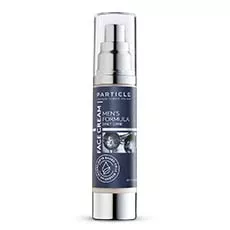
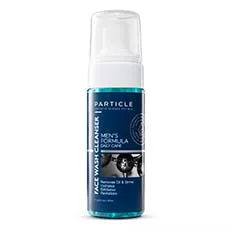
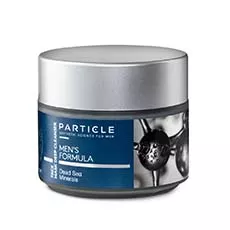
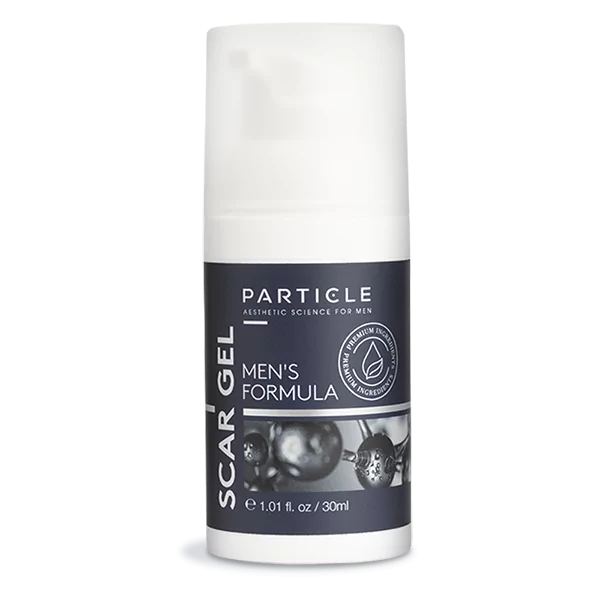
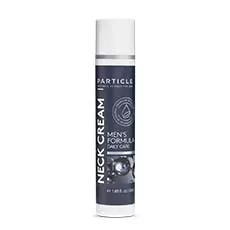
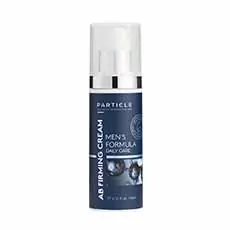
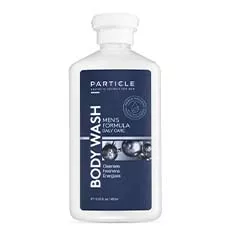
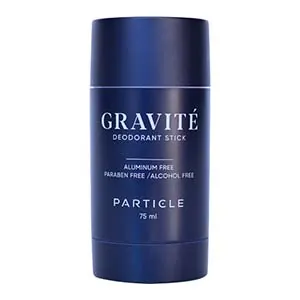
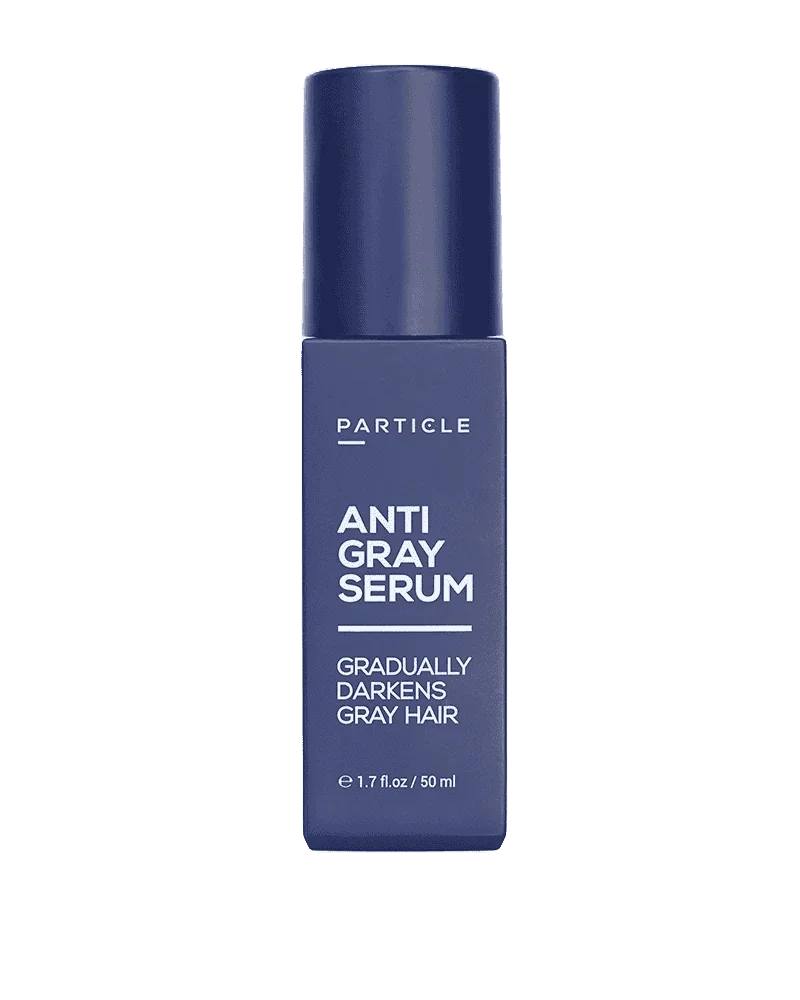
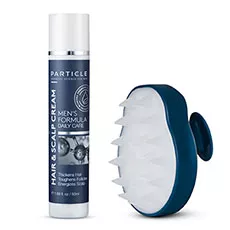
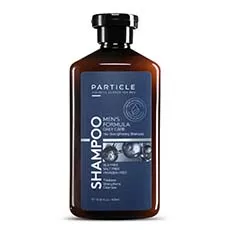
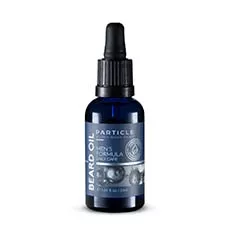
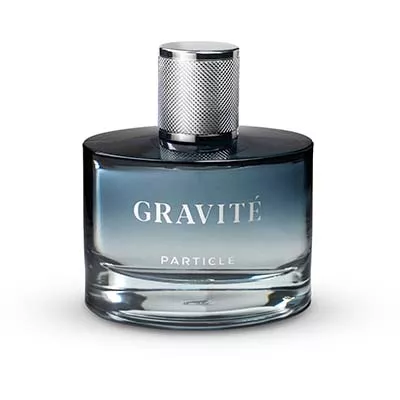

 gb
gb















